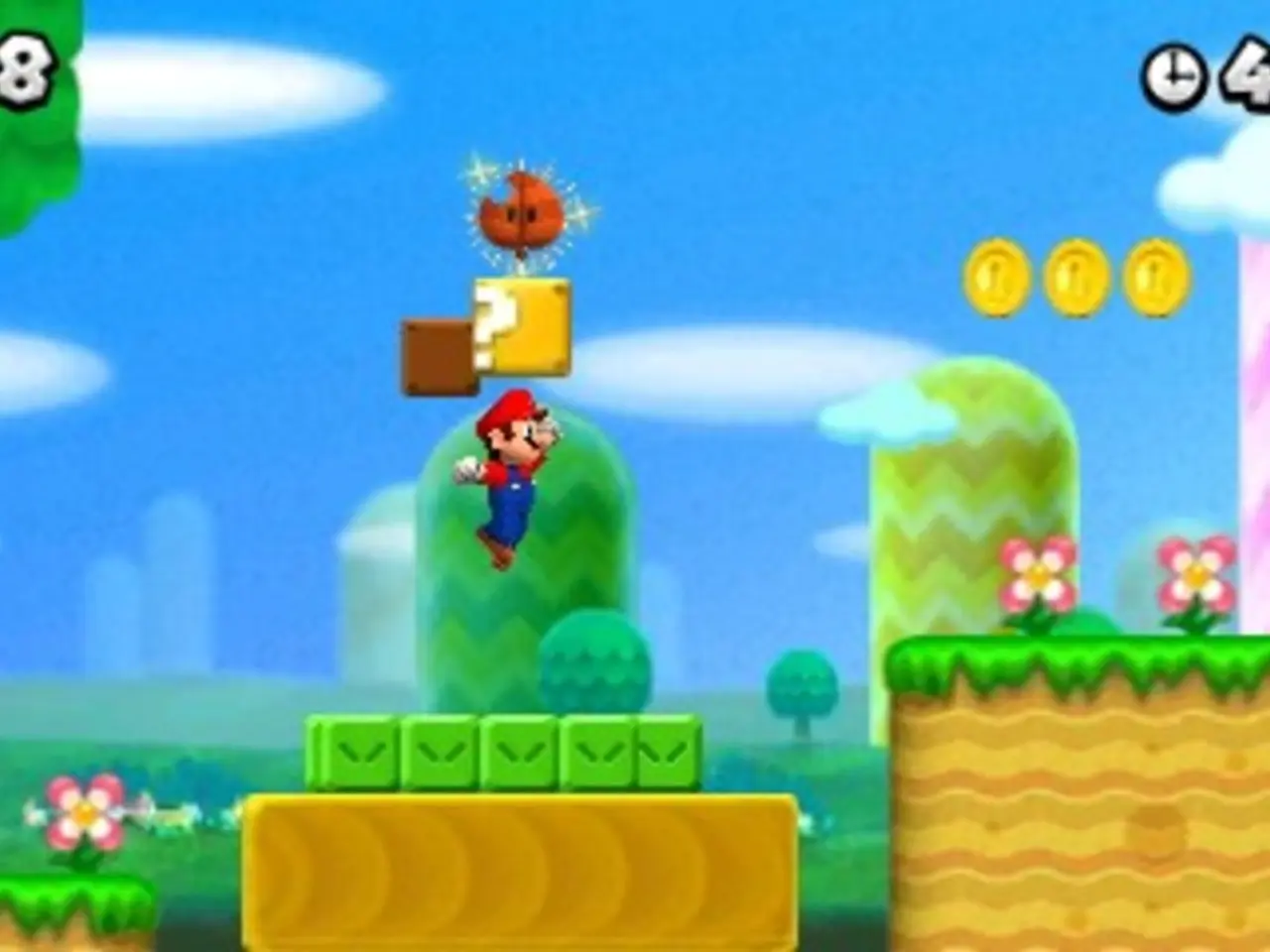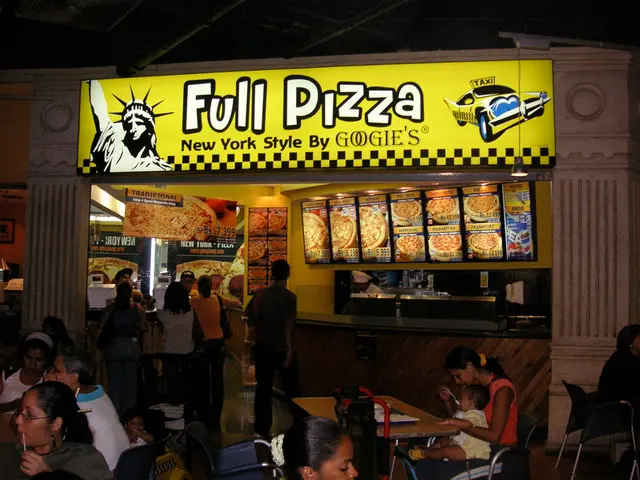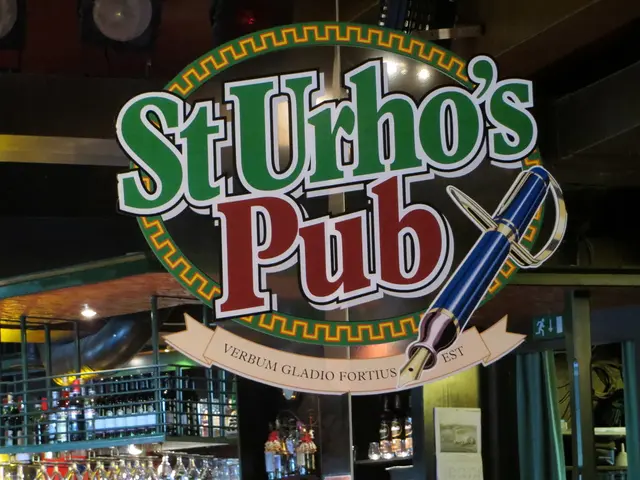Valorant Finances Explored: An In-depth Analysis of Riot Games' Profit Sources
In the competitive world of online gaming, Riot Games' Valorant stands out as a free-to-play title that generates revenue primarily from in-game purchases. The game offers a variety of cosmetic items for purchase, such as weapon skins, agent cosmetics, and titles, through the Valorant Store and Night Market.
Maintaining a balance between monetization and player experience is crucial for the long-term viability of Valorant's monetization strategy. Overly aggressive monetization could alienate players and negatively impact the game's popularity and revenue. Continuous innovation in cosmetic design and community engagement are key to ensuring the long-term viability of Valorant's monetization strategy.
The battle pass system is a significant part of Valorant's monetization strategy. It offers both free and premium tiers, with the premium tier offering a larger selection of cosmetics. This system provides players with a tiered progression system filled with cosmetic rewards.
Riot Games also benefits from smaller contributions such as limited-time bundles, themed skins, and potential revenue from in-game advertisements in certain regions or partnerships. Partnerships with other brands can create cross-promotional opportunities, such as Valorant-themed apparel or merchandise. Riot Games explores partnerships and collaborations with other brands and organizations to expand Valorant's reach and generate revenue.
One of the most significant drivers of revenue for Riot Games is the Valorant Champions Tour (VCT). The esports scene contributes significantly to the game's overall profitability by increasing brand awareness, player engagement, and influencing purchasing decisions. Sponsorships, advertising, and in-game cosmetic bundles tied to the esports scene contribute to the VCT's revenue. A portion of the revenue generated from VCT team bundles is shared with the participating teams.
Riot Games uses regional pricing strategies to adjust the prices of in-game cosmetics and the battle pass based on economic conditions of each region. In regions with lower average incomes, Valorant becomes more affordable for a wider range of players, increasing the likelihood that they will spend money on cosmetics. In regions with higher average incomes, Riot Games can charge higher prices for in-game items without significantly impacting demand.
Valorant's professional esports scene doesn't directly generate revenue in the same way as cosmetic sales, but it contributes significantly to the game's overall profitability. The VCT is a significant driver of revenue for Riot Games, and collaborations with other game developers or entertainment companies can lead to unique in-game events and content.
In conclusion, Valorant's monetization strategy is designed to provide a balance between player experience and revenue generation. By offering a variety of cosmetic items for purchase, maintaining a fair pricing structure, and engaging with the community, Riot Games aims to ensure the long-term viability of Valorant's monetization strategy.
Read also:
- Peptide YY (PYY): Exploring its Role in Appetite Suppression, Intestinal Health, and Cognitive Links
- Toddler Health: Rotavirus Signs, Origins, and Potential Complications
- Digestive issues and heart discomfort: Root causes and associated health conditions
- House Infernos: Deadly Hazards Surpassing the Flames








